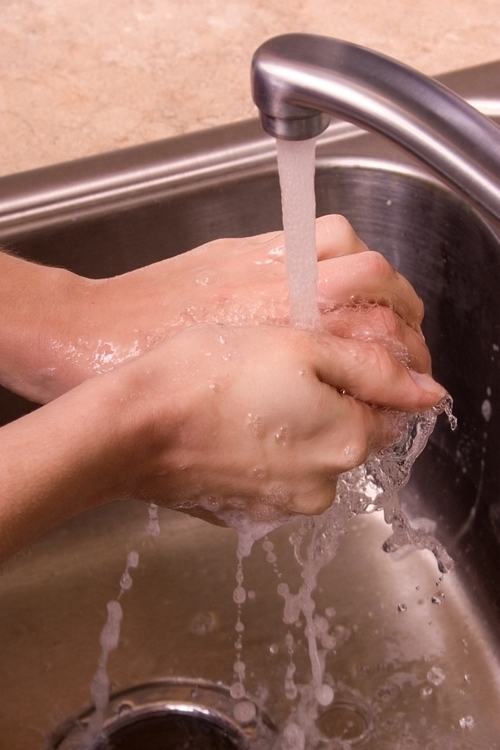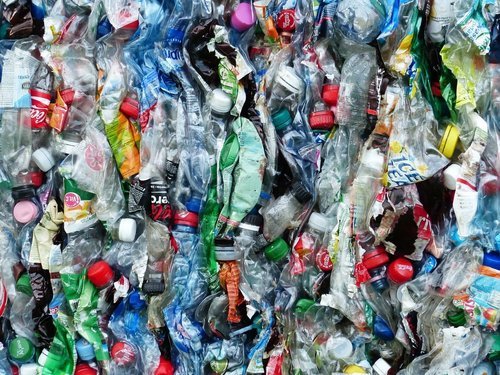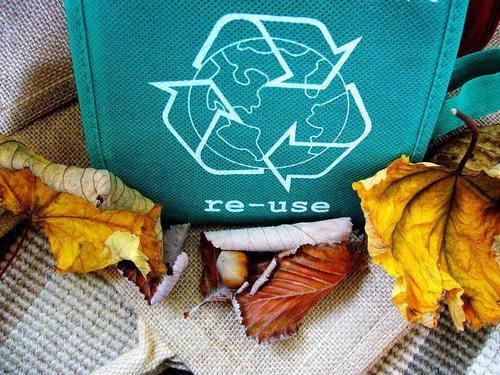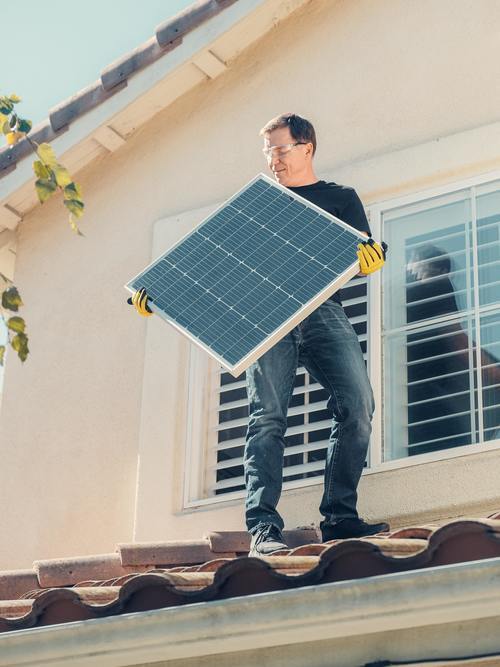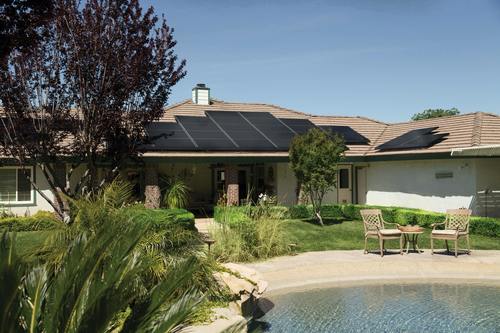Tips for a Greener Home
Sustainability is not just about living a greener lifestyle but people making a few changes to their everyday lives to help combat climate change, making it easier for society to be more sustainable. It has undoubtedly taken a long time to get the message through that people do need to make changes, but more and more are now aware of the damage being done to the planet, and they actively want to help. Here are a few tips that will help reduce the impact of individual homes on the environment.
Reduce Electricity Use
There are several ways that a person can reduce their use of electricity. The first is to take the straightforward task of changing lightbulbs to LED versions. They last much longer than the older style lightbulbs, they don’t contain chemicals, and they don’t use as much energy. The next step is to change where possible to energy-efficient appliances. Look for an Energy Star logo, which indicates that the device uses less electricity. However, it is essential to remember that old appliances should be recycled where possible. And don’t forget to switch off appliances that are not in use, if you can.
Cut Plastic Use
Single-use plastic is doing a lot of damage to the environment, and it is important to reduce how much of it is used. This will lower the demand for the manufacturing of single-use plastic, and businesses will find more sustainable alternatives. The most obvious example of this is the use of plastic shopping bags. Most supermarkets and other shops have now either switched to paper bags or levy a charge on the plastic bag to discourage their use, and nearly all offer ‘bags for life’, which are either very sturdy plastic bags that can be reused or are made from canvas.
Reduce Water Use
There are a number of ways to reduce water consumption without it having a dramatic impact on daily life. Opt for low-flow showerheads, taps and toilets that use less water. Using showers instead of taking baths can save a great deal of water, and timing the shower, so you aren’t spending an excessive amount of time in there will help too. Actively remember not to leave taps running when you are doing something else, and it will prevent you from using more water than you need.
Reasons to Wear Sustainable Gym Clothes
Are you into fitness and at the same time have an eye on sustainability? The two concepts intermarry in many respects. By opting for sustainable activewear woven with natural and organic fibers you are on the right track.
While fitness comes with vast gains, so do sustainably-made gym clothes. Here are some of the main reasons to don sustainably produced gym apparel during your workout routines.
They Are Safe to Wear
Fitness shouldn’t come at the cost of promoting sustainability. As you strive to get fitter and healthier, you also need to pay due diligence to the mind too. From tees, shorts, leggings and running jackets to hoodies, quality gym clothes stocked at aim’n NZ are safe for your health in every respect. Such gym wear offers unmatched moisture-wicking properties to keep your skin cool while preserving your skin’s health.
They Promote Sustainability
Opting for eco-friendly gym wear means lowering the environmental impact. Clothes made from organic fibers, devoid of chemical fertilizers and pesticides, are vital in preserving the planet’s biodiversity. And if you can dig deeper into your pockets to pay for eco-friendly gym clothes from aim’n NZ, and farmers by extension, you will play an active role in improving the environment. It’s all connected.
They Last Longer
Sustainably-produced gym wear lasts longer. And since workout clothes take quite a beating, constant stretching and wicking sweat from the body, durability is vital in all activewear. So if you invest in organic workout clothing, you can stay assured that they will give you value for your money.
They Improve Performance
Sustainable clothes promote better performance while working out. A standout reason for this observation is that organics do not cause static charges, unlike synthetics, which go a long way in improving your performance. So, for instance, you might opt for gym clothes at aim’n NZ made from organic Merino wool for natural cooling or hemp if you need something to retain body heat.
Besides sustainability, fit and comfort remain fundamental when it comes to activewear. As such, it is imperative to do due diligence to ensure you get the best gym clothes aim’n NZ – whether you are into a marathon or just out for a random stroll.
Greener Lifestyle Tips
Tips for a Greener Garden
Most people will wonder how they can make their gardens greener. There is a natural assumption that most gardens are ‘green’ anyway and that they are always environmentally friendly. However, it will surprise many people that not all gardens are green. How many individuals have opted to put artificial grass in their garden? How many have large decking areas, patios, or outdoor room set-ups? How many have avoided growing any plants at all?
Gardens such as this have very little to offer when it comes to the environment. Plants absorb some of the carbon dioxide that humans put into the atmosphere; the fewer plants and trees that we have, the less carbon dioxide we can remove this way. Adding plenty of plants to a garden means that there is a small section of your home that is actively tackling the problem that is causing climate change.
Plant a Tree
Trees are not just vital for the absorption of carbon dioxide. They will help to provide much-needed shade for your home and garden. In addition, if everyone were to plant even a small tree in their garden, they would be helping to address the impact caused by the cutting down of millions of trees to produce paper.
Add a Compost Pile
One of the ways to cut down on organic waste from your home is to create a compost pile. Uncooked food waste, grass clippings, and other garden waste can all go on the compost pile, along with shredded cardboard and some paper. These will rot down and create a natural fertiliser that can then be used to help plants grow in the garden. This reduces the amount of waste you are putting into the household bin and sending to landfills.
Avoid the Use of Chemicals
There are plenty of tips and tricks available to help people to avoid the use of chemicals in their garden. Some pesticides can be harmful to household pets, and they have the potential to damage plants and leave residue in the soil. Natural alternatives are much better all round and are far less damaging to the environment.
What is Sustainability?
Sustainability has several definitions, depending upon the scenario to which it is being applied. At this time, most people associate the term with environmental issues. It is the name given to practices that will help to protect the future of the planet and stop the progress of climate change. The concept of sustainability aims to meet the present needs of the world without creating any lasting damage to the resources that future generations will require.
What it means is that we need to discover how to sustain our lifestyles over a very prolonged period of time. At this moment, the way that humans live is unsustainable and is already causing a great deal of damage.
Earth Overshoot Day
There is an event known as Earth Overshoot Day each year. This is the point when we have already consumed all the natural resources that we are able to produce in a year. If we were living a sustainable lifestyle, this date would be 31 December. However, in 2021, the planet reached this point on 29 July. This means that humans are consuming more than the planet is able to produce naturally.
To create a sustainable lifestyle, people need to find ways to consume less of the Earth’s natural resources. This includes things such as fossil fuels and reducing the number of trees that we cut down. It means we need to cut emissions and learn to reuse and recycle the items that we already have, abandoning the throwaway culture that we have developed in recent years. People are already doing this in a number of ways, and making the changes needed on an individual level is relatively easy.
Be Proactive with Recycling
Recycling is essential if the world is to avoid the damage being done by excessive waste and landfill sites. It also reduces the need to purchase new products all the time. For any homeowner, the first step is to find out what recycling facilities are available in the local area. Some local authorities will collect recycling from your home but will only take certain items from you. As an example, some will take plastics such as bottles but may not take plastic packaging from packs of bottles or cans.
Recycling Centres
It is also worth finding out if there are any specific recycling centres in the neighbourhood. They may have more options for you to recycle additional items than you would have in the roadside collections. They will be able to take old household appliances, for example, and recycle the parts from them, along with items such as wooden furniture.
Always keep in mind that many things can be recycled, and there will be a way of collecting these items to recycle them. Still, it might be necessary to actively seek out how and where this can be done.
Encourage Recycling
Every household can encourage better recycling practices with each member of the family. The main tip is to have a proper system in place. If you have a recycling bin collected by the local authority, you will be aware of the type of items you can place in it. Make everyone in the family conscious of what can be recycled this way and encourage them to make sure that they put items into the correct container.
However, there are other items that can be recycled, and it is essential that we find ways to do this. Most towns will have recycling centres where families can take things that cannot be collected by the local authority. This might include pieces of timber, carpet and even clothes. These are then taken away and recycled or repurposed. The main point is that they do not end up rotting in landfills.
Look out for other recycling points too. Some supermarkets will help you to collect soft plastics such as plastic shopping bags and packaging. They may have points for the recycling of batteries. Make a note of where these are and make good use of them.
Solar Energy Benefits
These days most utility providers offer a tariff based on the use of renewable energy sources. There are large solar and wind farms that are harnessing these natural and renewable resources. Opting for one of these will encourage more companies to use renewable energy. There are undoubtedly many advantages of renewable energy, such as solar power, that it makes sense for everyone to consider them.
The first is that it is renewable; the sun is always there, and therefore it can actually provide the world with as much energy as it needs. Why not make use of it? Households also have the option to have solar panels installed on their home so that they generate their own electricity. This will help them to save a great deal of money.
Solar panels are low maintenance. The angle of installation means that the rain will run off them, taking all manner of dirt, dust and debris with it. A solar panel can last for around 25 years without requiring a great deal of maintenance. They will also add value to your home, as most people are keen to purchase a property with features such as solar panels.
It is a very efficient way of generating energy and electricity, particularly when the system is at the end user’s own home. When electricity is generated elsewhere and then transmitted to the house, there is a small amount of energy loss when it travels. This loss is minimised if the solar panels are on your own roof.
Renewable Energy Sources
There are several different options for renewable energy sources. The benefits are that electricity can be produced cleanly and at a relatively low cost, with little or no environmental damage.
Solar energy is probably the most popular form of renewable energy. The sun provides us with an endless supply of energy, and it can be used to heat our homes, cool them and provide light. Rooftop panels are the best option for a domestic property, but utility companies have been developing large farms of solar panels to provide the energy they need for their customers.
Wind energy is harnessed with the help of turbines, and this is a form of energy that has been in use for centuries. While there have been disputes about the siting of wind farms and concerns about their impact on wildlife, this is fast becoming the second most popular type of renewable energy.
Hydroelectricity is the process of creating electricity from the flow of water. Hydroelectricity plants are situated on rivers, where the water powers water wheels and that energy is captured for use. This is not the greenest option, but it is an effective one in some parts of the world.


